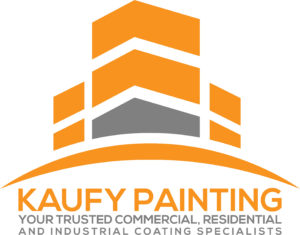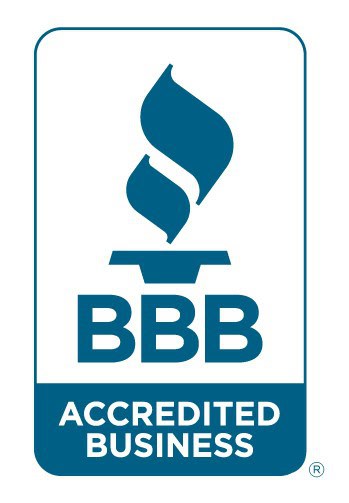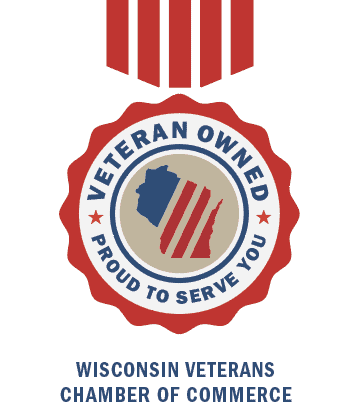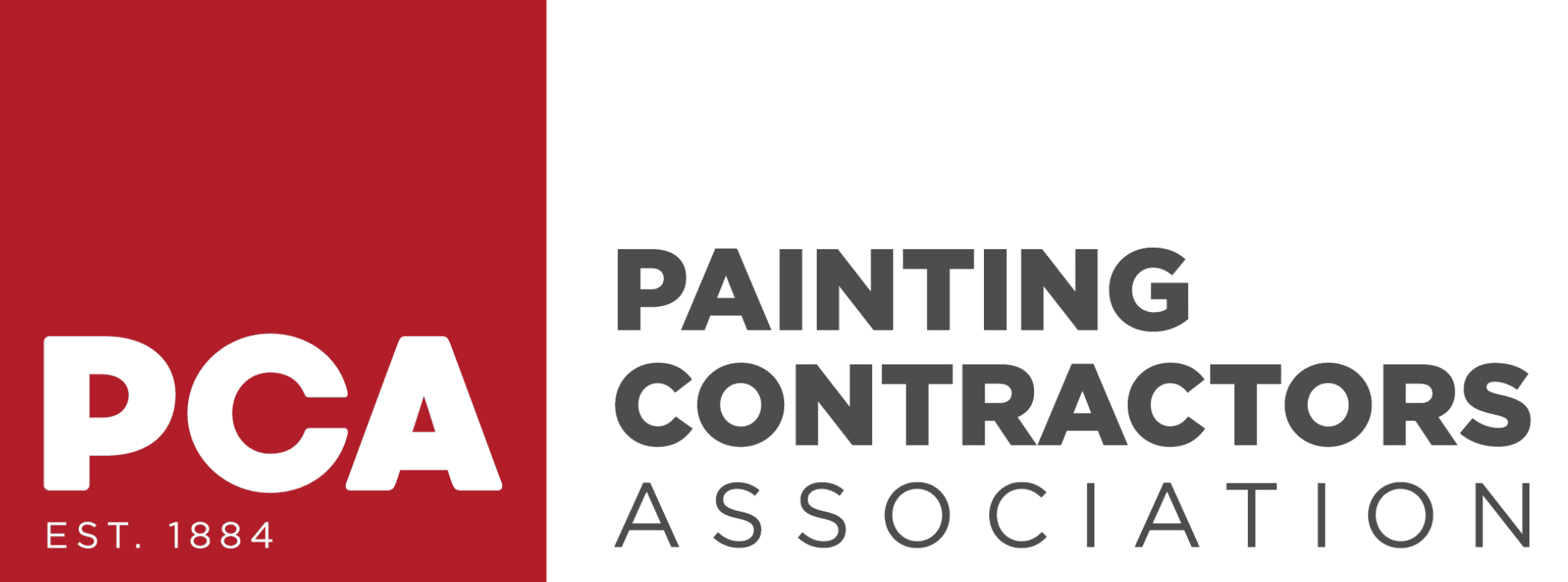Not all exterior paints are created for long-term performance. In high-UV areas or regions with moisture extremes, cheap or improperly selected coatings can fail in a matter of years—peeling, fading, chalking, or allowing water intrusion that damages substrates underneath.
To avoid premature failure and costly repaints, you need to understand what makes paint weather-resistant and UV-protective. This blog explores the material science behind long-lasting exterior coatings, including resin systems, additives, application practices, product examples, and field-proven metrics used by painting professionals and manufacturers.
The Science Behind Weather Resistance and UV Protection
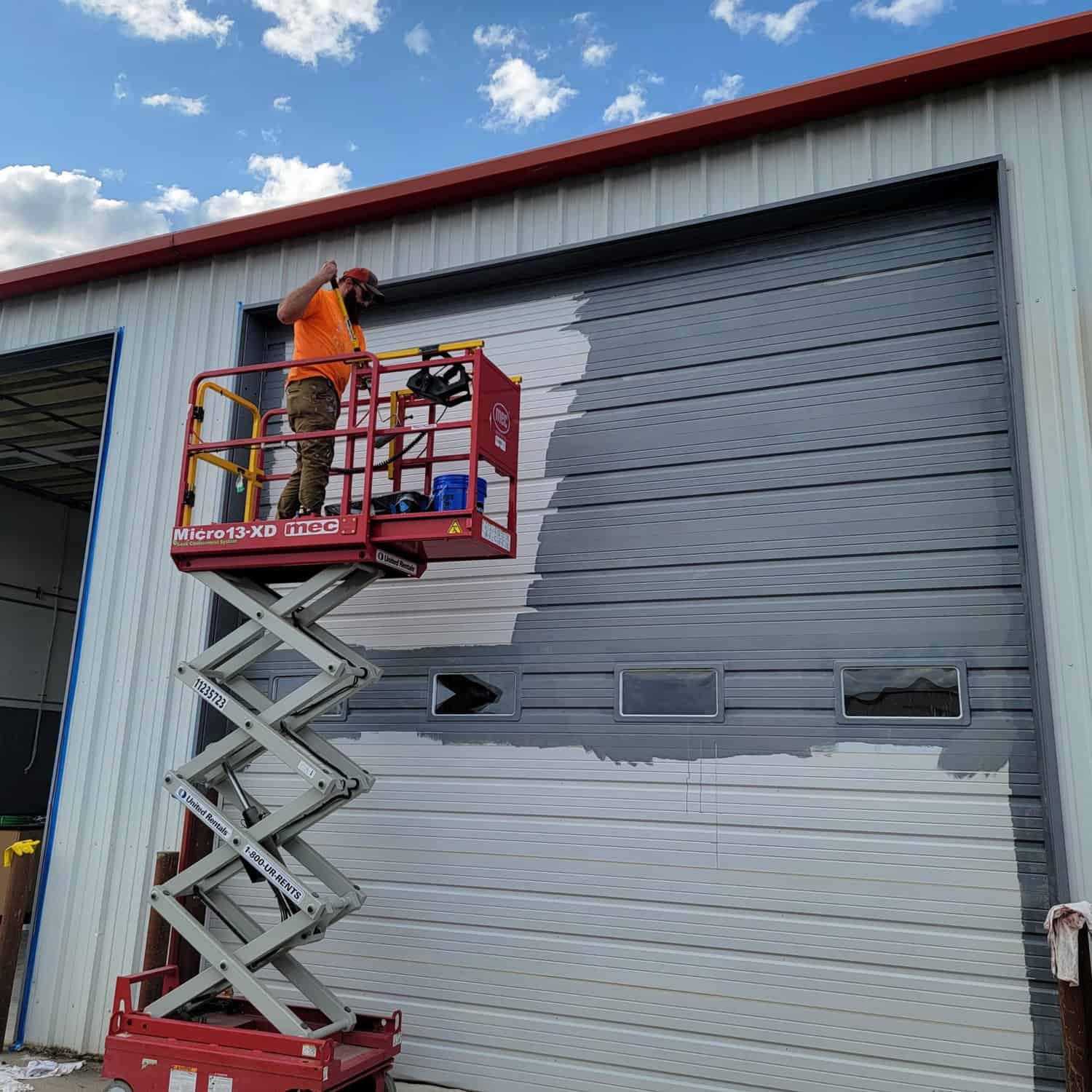
What Is Weather Resistance?
Weather-resistant paint maintains its performance and adhesion when exposed to outdoor stressors, including:
-
Rain and humidity
-
Wind-driven dust and debris
-
Freeze-thaw cycles
-
Airborne chemicals and salts
-
UV radiation from the sun
Weather resistance involves the combined effects of water repellency, flexibility, vapor permeability, and chemical durability. A coating must allow vapor to escape without letting moisture in—a balance crucial to preserving wood, stucco, and masonry.
What Is UV Protection?
UV protection refers to a paint’s ability to resist color fading and film degradation caused by ultraviolet radiation. UV rays break down binders and pigments over time, leading to dullness, brittleness, and powdery surfaces (chalking).
Paints designed for exterior exposure must include additives that:
-
Reflect or absorb UV rays
-
Stabilize the resin structure
-
Prevent color loss and surface erosion
What’s in a Weather-Resistant or UV-Protective Paint?
1. Resin/Binder Systems
The resin or binder determines how the paint forms a protective film. These are the most common systems used in high-performance exterior coatings:
| Resin Type | Performance Characteristics | Common Use |
|---|---|---|
| 100% Acrylic Latex | Flexible, breathable, UV-resistant, alkali-resistant | Wood, siding, masonry |
| Elastomeric Acrylic | Thick, stretchable, crack-bridging, waterproof | Stucco, concrete |
| Alkyd/Oil-Based | Excellent metal adhesion, slower UV degradation | Railings, metal gutters |
| Polyurethane or Epoxy-Modified | High hardness, abrasion resistance | Industrial exteriors |
Example: Sherwin-Williams Duration® uses 100% acrylic resins with mildew-resistant technology for long-lasting exterior protection.
2. Pigments and Fillers
High-quality pigments and fillers provide color retention and coverage. Titanium dioxide (TiO₂) is the industry standard for UV resistance and opacity.
-
UV-absorbing pigments: Reflect sunlight to slow degradation
-
Fillers (e.g., calcium carbonate, silicates): Add structure and moisture resistance
-
Nano-additives: Zinc oxide or ceramic particles improve heat and UV reflection
3. UV Stabilizers and Additives
Paints for intense sun exposure should contain:
-
UV Absorbers (e.g., benzotriazole, benzophenone): Capture UV rays and convert them to heat
-
HALS (Hindered Amine Light Stabilizers): Prevent polymer degradation from UV-triggered oxidation
These ingredients are essential in darker paints, which absorb more solar energy.
4. Water-Repellents and Biocides
To resist water penetration and biological growth:
-
Siloxane or silane modifiers enhance water repellency without trapping moisture
-
Mildewcides/fungicides (e.g., IPBC or zinc omadine) prevent mold and mildew formation on damp walls
Example: PPG Loxon XP® Elastomeric Coating includes mildewcides, crack bridging up to 1/8″, and UV inhibitors.
Table: Key Product Comparisons
| Product Name | Resin Type | UV Defense | Water Protection | Best For |
|---|---|---|---|---|
| Sherwin-Williams Duration | 100% Acrylic | HALS + UV absorbers | MoistureGuard™ Technology | Wood, siding |
| Benjamin Moore Aura | Acrylic | Proprietary Color Lock® UV tech | Mildew-resistant film | Homes in coastal zones |
| Behr Premium Plus Ultra | Acrylic Latex | UV-resistant pigments | Mildew-blocking primer built-in | Siding, trim, fencing |
| PPG Loxon XP | Elastomeric Acrylic | High UV protection | Elastomeric waterproofing | Masonry, stucco |
| Rust-Oleum Protective Enamel | Alkyd | Moderate | Rust-inhibiting | Metal railings, gates |
Environmental Factors That Affect Exterior Paints
High UV Exposure
In southern states or high-altitude areas, UV radiation is more intense. UV rays degrade binders and bleach pigments. Paints without UV stabilizers may start fading in as little as 2 years. Choose coatings that list “UV absorbers” and “lightfast pigments” on the Technical Data Sheet (TDS).
Rain and Humidity
Moisture intrusion causes paint to blister, peel, and eventually detach from the substrate. High humidity also fosters mildew and algae. Breathable coatings with built-in mildewcides are essential for the Pacific Northwest, Southeast U.S., or tropical zones.
Freeze-Thaw Cycles
In colder climates, water freezes and expands inside cracks. Paints must be flexible enough to bridge hairline cracks and withstand movement. Elastomeric coatings excel in freeze-thaw environments with flexibility ratings exceeding 300%.
Salt Air and Pollution
For coastal or industrial zones, exposure to salt spray or acid rain requires paint with chemical resistance. Alkyd paints with rust inhibitors, or specialized coatings like fluoropolymers, are recommended for metal components.
Application Best Practices

Surface Prep Is Critical
Surface preparation accounts for 70% of paint performance. Ensure:
-
Surface is clean, dry, and sound
-
Mildew is removed with bleach or Jomax
-
pH is checked on fresh stucco (ideal: 7–10)
-
Moisture is measured (target: <15% for wood, <12% for masonry)
Prime bare substrates or stained areas with high-adhesion primers like Zinsser Bulls Eye® 1-2-3 or Loxon® Masonry Primer.
Correct Application
-
Follow manufacturer-specified mil thickness
-
Paint during ideal weather: 50°F–90°F, low humidity
-
Allow full cure time before exposure to rain
Poor application—such as over-thinning or under-coating—leads to premature failure, regardless of product quality.
How to Read a TDS (Technical Data Sheet)
Look for these indicators on a product’s TDS:
| Metric | Indicates |
|---|---|
| QUV Test (ASTM G154) | Simulates 5–10 years UV exposure |
| Elongation % | Flexibility—higher % = better for cracks |
| Permeability (ASTM E96) | Breathability for porous surfaces |
| Water Absorption (ASTM D570) | Low % = better waterproofing |
| Mildew Resistance (ASTM D3273) | Mold protection rating |
Ask your contractor to provide TDS for any product recommended.
Substrate-Specific Considerations
| Substrate | Risks | Recommended Paint Type |
|---|---|---|
| Wood | Swelling, cracking, UV degradation | 100% Acrylic Latex |
| Stucco | Cracking, efflorescence | Elastomeric Coating |
| Fiber Cement | Alkali reaction | Acrylic with alkali-resistant primer |
| Metal | Rust, corrosion | Alkyd DTM with rust inhibitors |
| Concrete Block | Water wicking, porosity | Elastomeric or masonry acrylic |
Cost vs. Longevity
High-performance paints often cost 20–30% more per gallon—but typically double the life cycle compared to economy paints. That means:
-
Less frequent repaints
-
Lower labor and material costs over time
-
Fewer tenant disruptions
Example: A commercial property repainted with $60/gallon acrylic every 10 years costs less over 30 years than repainting with $35/gallon generic paint every 5 years.
Commercial, HOA, and Residential Use Cases
Commercial Buildings
-
Require coatings with long warranties (10+ years)
-
Seek low-VOC, LEED-compliant paints for occupied areas
-
Often need corrosion-resistant finishes for steel elements
HOA-Managed Communities
-
Need uniform color retention over multiple buildings
-
Benefit from premium coatings that resist mildew and chalking
-
Often value coatings that reduce repaint frequency to lower dues
Residential Homes
-
Most benefit from 100% acrylic latex on siding and trim
-
Stucco or concrete should use elastomeric or breathable masonry paints
-
Repainting should consider local sun, rain, and freeze patterns
Conclusion
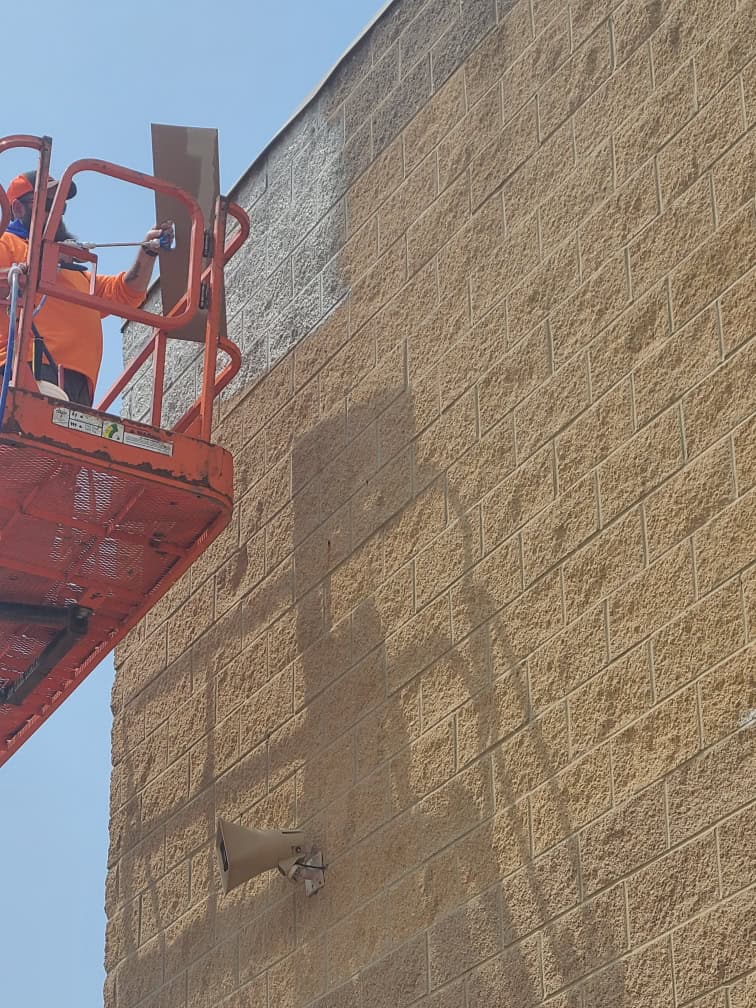
Weather-resistant and UV-protective paints are a fusion of science and application precision. By understanding the resin types, UV blockers, breathable formulations, and surface compatibility, you can ensure coatings that last—visually and structurally.
Whether you’re managing a multi-building complex, a retail storefront, or your own home, don’t rely on assumptions. Match paint formulations to your exact substrate and climate conditions. Read the TDS, check for third-party testing, and hire contractors who prepare surfaces to industry standards.
